This is our manifesto
GroundWork Gallery is dedicated to art and environment in its mission and in all its activities. All exhibitions are about the environment – the main mission of the gallery focuses on exhibiting the work of artists who are concerned about the environment through their work. The gallery engages in associated environmental campaigning. Exhibiting and engagement is underpinned by research and supported by well-researched collaborative work with other organisations and other, contingent disciplines. Even if artists are not explicitly environmental, the gallery is, and undertakes to follow through from what is displayed to engage in relevant dissemination of environmental messages about sustainability and climate change.
Art and Environment
With each exhibition we aim to develop a new strand of interest in art and environment and to stimulate related actions and events.
This has to be timely, in an era when we need to be increasingly wary of all kinds of threats from pollution, species loss, deforestation, climate change, and global pandemics.
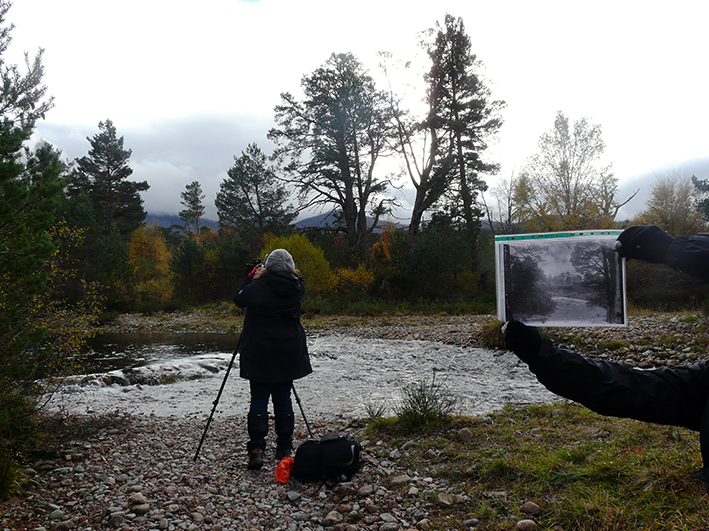
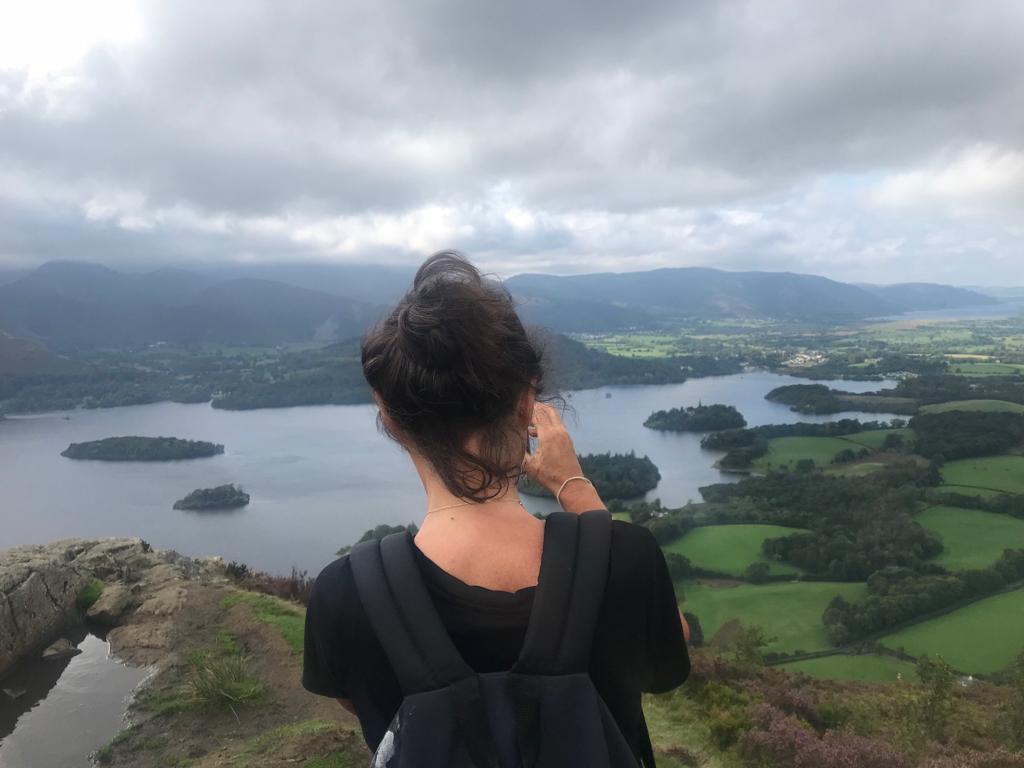
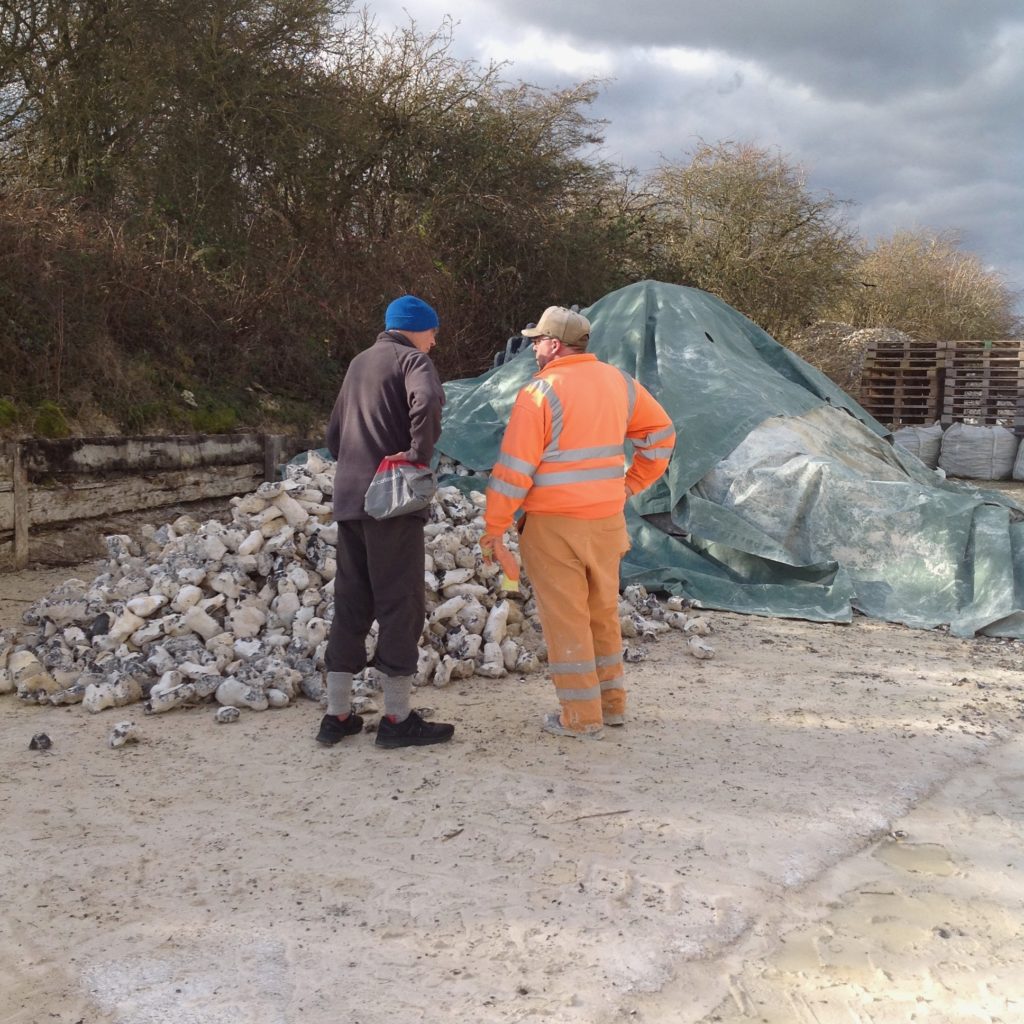
How can art lead us to environmental sustainability?
GroundWork Gallery aims to connect art and environment in the belief that art can help us to see the environment in new ways.
Art and artists have the power and potential to inspire us.
Art makes new ideas visible.
We have a duty as the viewing public, to respond to art with thoughtfulness and action.
The greater attentiveness that we learn through art can help us to understand our relationships with the environment better.
Increasing understanding will leads us to be more sensitive in the way we manage the environment.
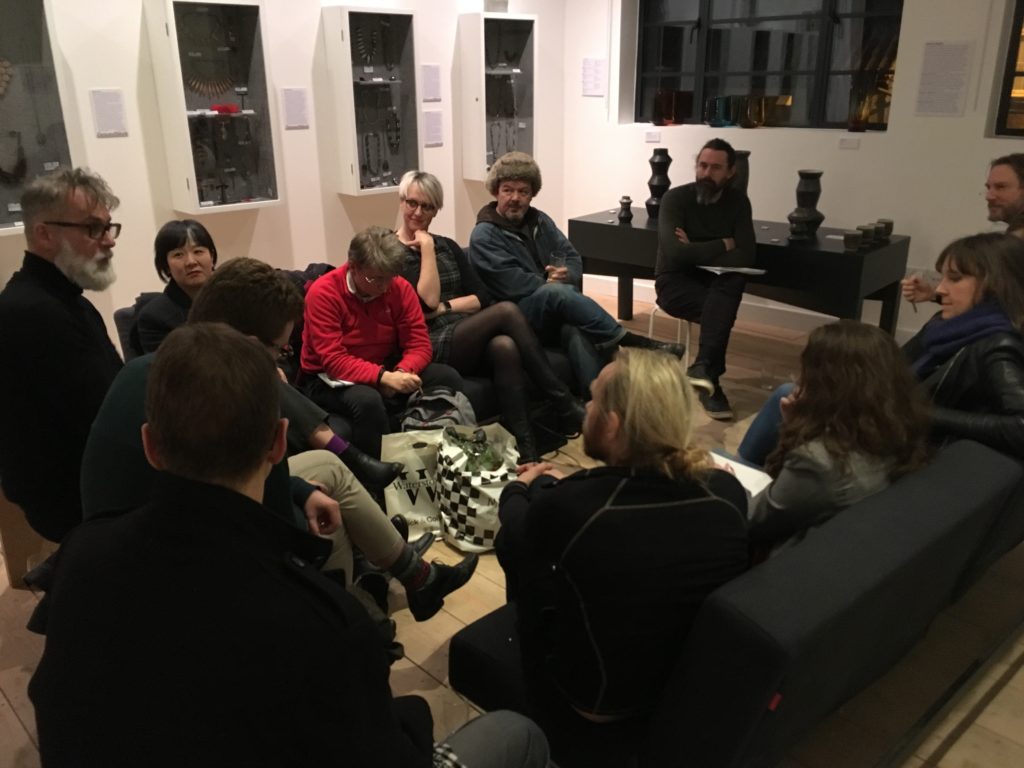
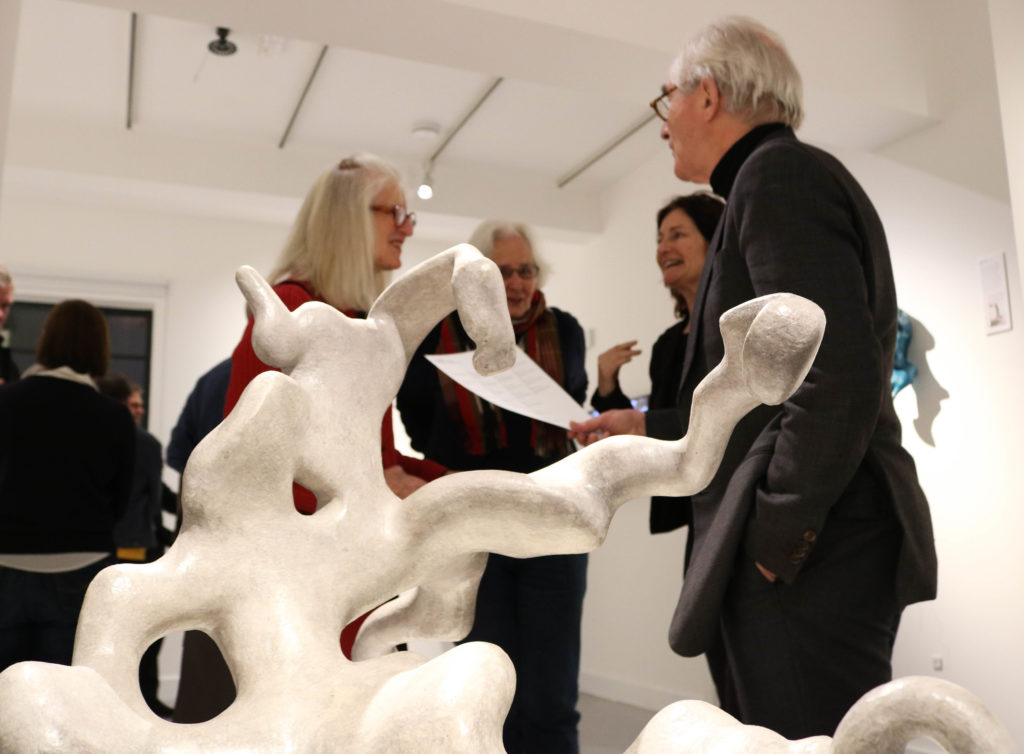
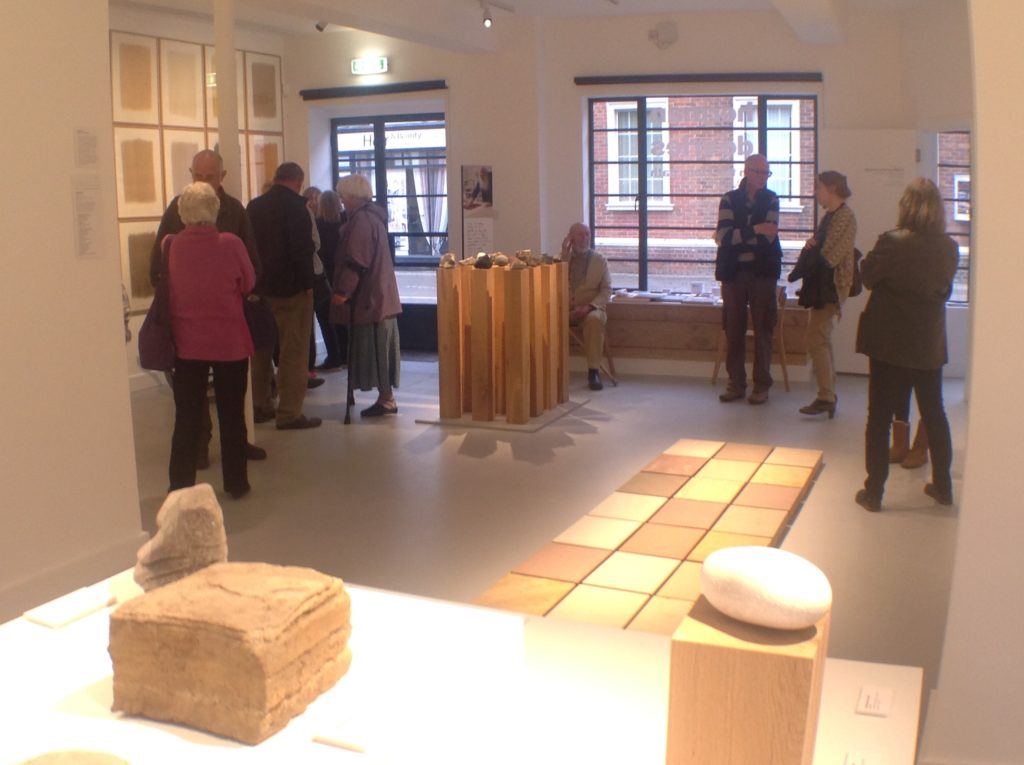
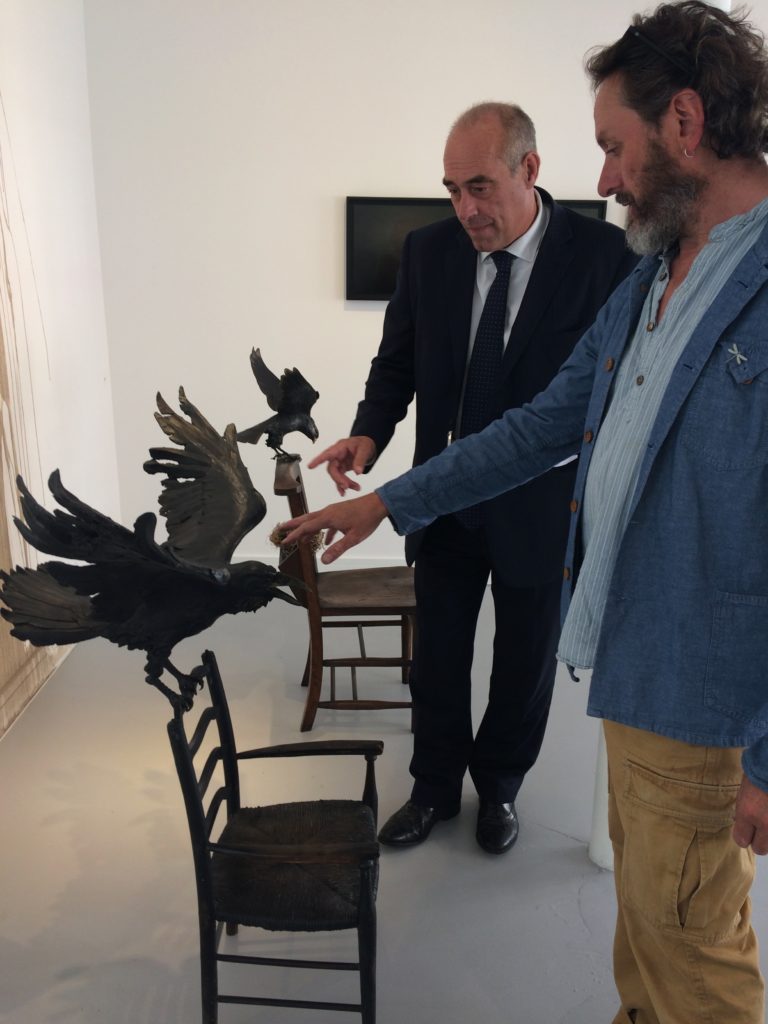
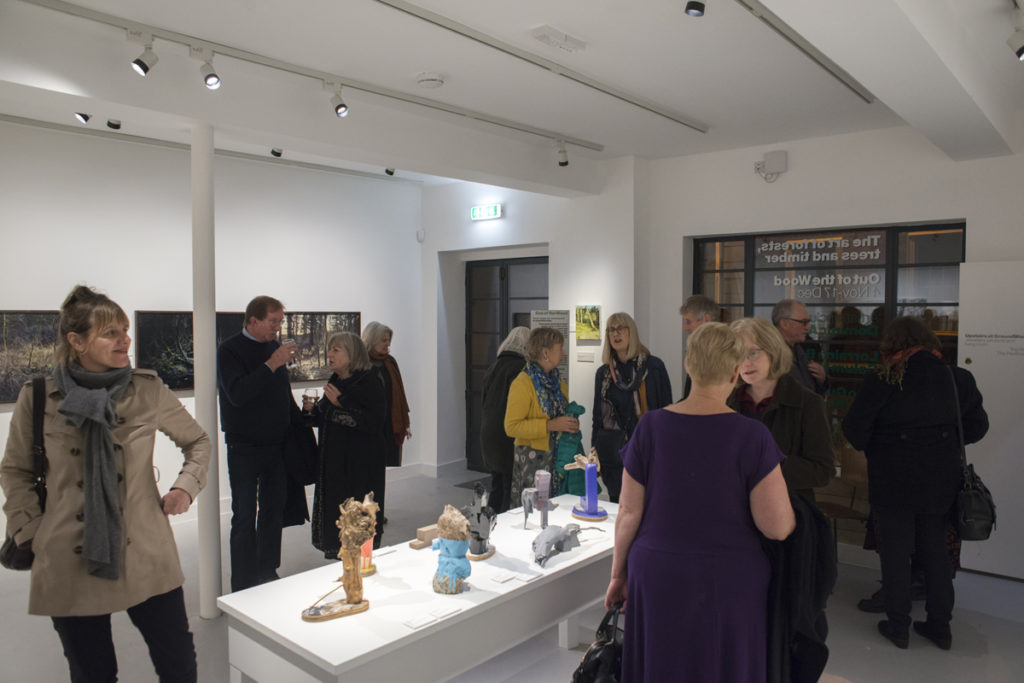
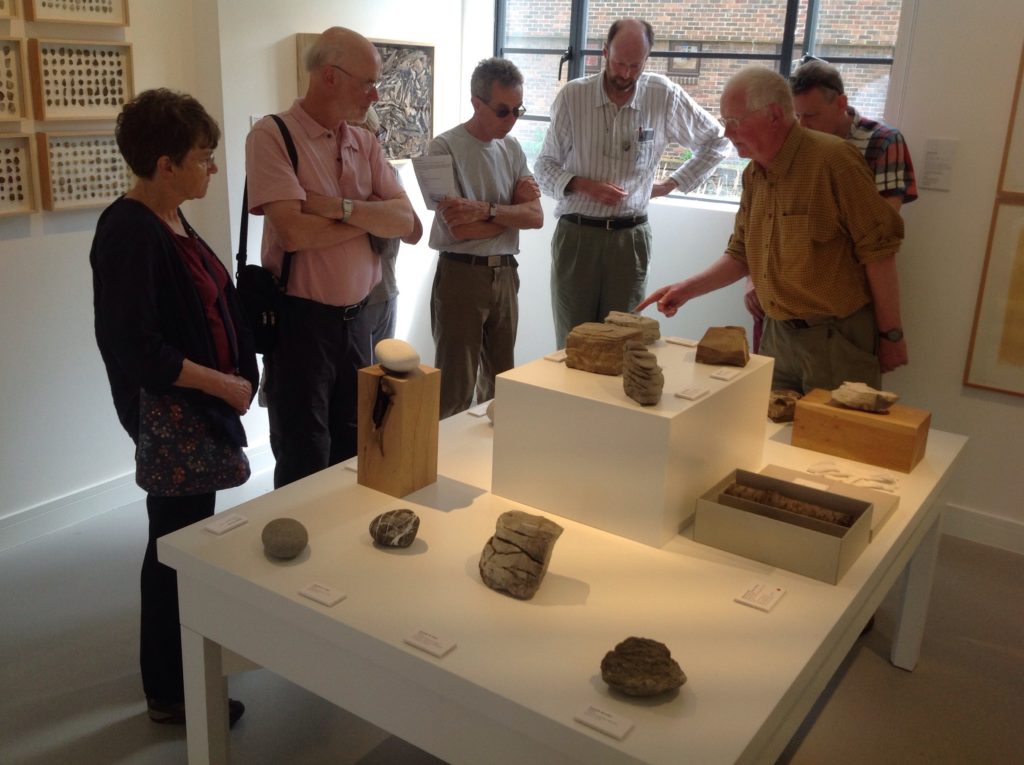
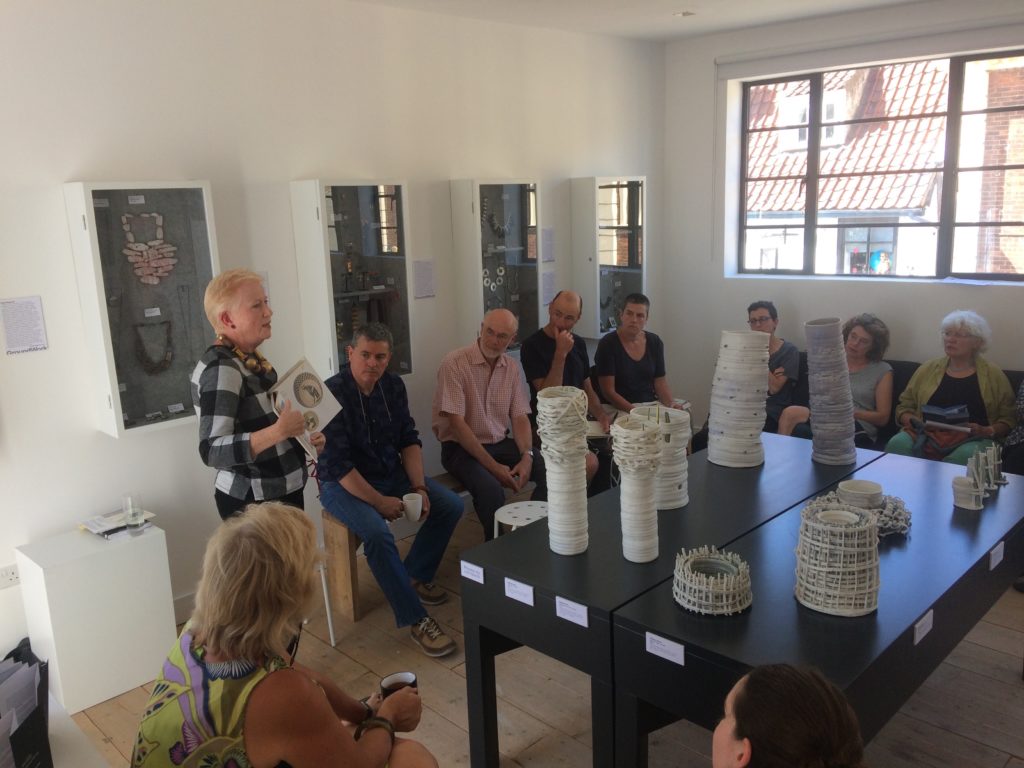
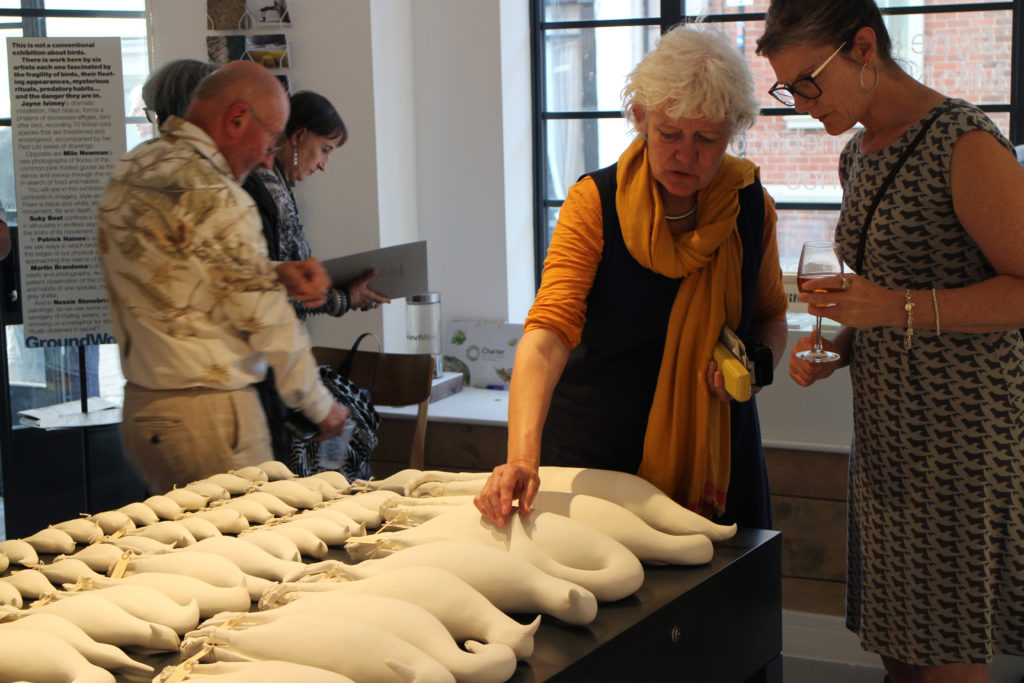
The work of the gallery is to act as an advocate, as a friendly place of encounter. Here viewers can be both challenged and helped to respond in their own way. Increasingly it has become clear that this is our role. We can encourage those responses to take a positive direction in the interests of the environment.
Veronica Sekules, Director
Understanding environmental change through dialogue, engagement, connections
There are many ways we might know when our aims for connecting art and environment have been achieved.
Above all, we look for a change – change in thinking and interpretation of the environment.
For, a new work of art can lead to a new means of expression, a new dialogue.
As a result, new dialogues can lead to an improvement in understanding.
This can entail many things including a recognition of the beauty of the environment, seeing its detail. Even through being alert to its fragility, its dangers can therefore become more apparent.
We look for new engagement and renewed interest in the environment, stimulated by art.
We find new connections between people from different disciplines. As a result of the stimulus provided by art, we able to speak in new ways to each other.
The study and creation of art is never predictable. Therefore it is all the more likely that results of discussions will be unexpected, surprising and unusual.
Integration across disciplines for better understanding environmental change
Fruitful interactions between new people and ideas can be effected through the gallery’s programming. The core of this is the linking between artistic and environmental themes. Then we may connect artists, writers, film-makers with specialists in contingent fields of science and engineering. The involvement and commitment of a widening public at large is crucial. This is building a culture linking art and environment and has a rippling effect of advocacy and influence.
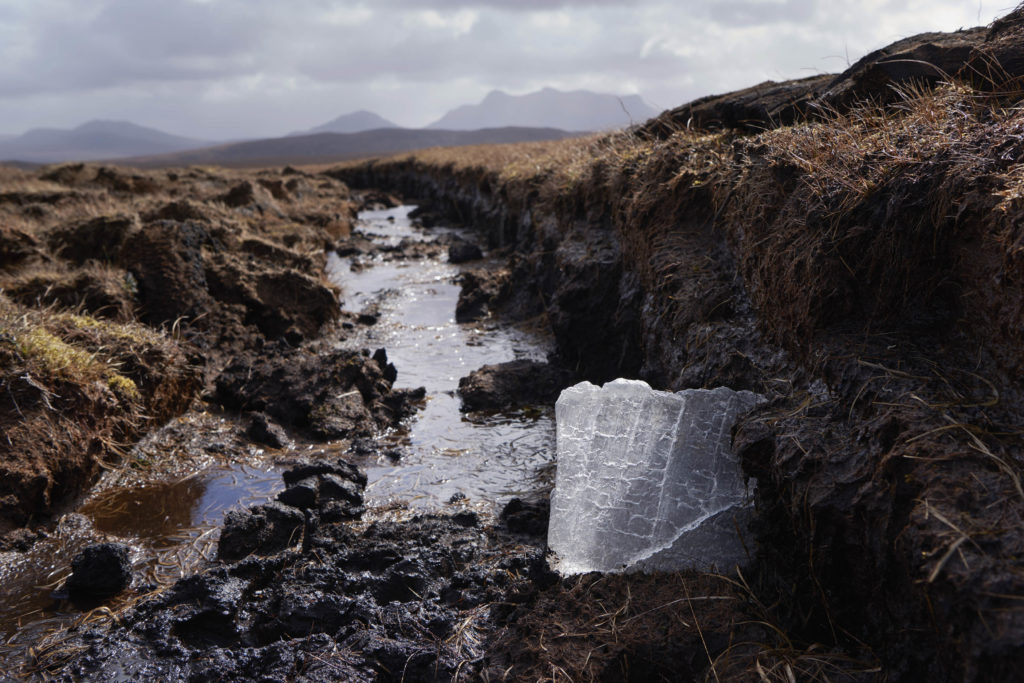
Artists help us to notice our surroundings, the ground we walk on, the spaces we live in….
Thinking about the environment includes noticing the detail of our surroundings and caring for what needs our attention.
Because of the climate threats we face, we have to look out for signs of stress, over-exposure, pollution.
Therefore, it helps to make a very broad definition of the environment. This gives us a greater opportunity for surveying the entire field.
GroundWork Gallery aims for a wide view on the subject, both artistically and in terms of activism and political engagement.
The environment can be the natural environment or the built environment. It covers everything from the air we breathe, the ground we walk on, the spaces we live in. Beyond that are the surroundings which frame our lives, localities, lands and seas.
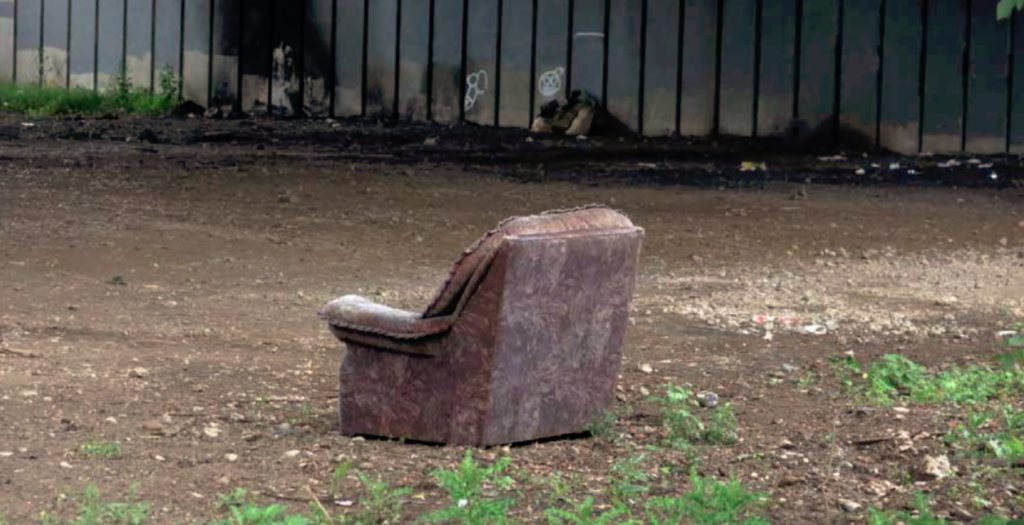
Defining the environment: The Environmental Handbook, 1971:
‘Listen friend’, he answered, ‘You are the environment, or part of it, and you are certainly a product of it, just as I am.‘ ‘The environment is the room, the flat, the house where you live: the factory, the office, the shop where you work; your road, your parish, your village, town or city: Britain, Europe, the world – even the space the world sails through. It’s the street where your children play, the park they take the dog in, the flowers, the trees, the animals and birds, the fields, the crops, the streams, the waterfalls.
The environment is the fish, the cliffs, the seashore, the sea itself, the hills and the mountains, the pubs, the bingo halls, the lanes, the motorways, the highways and byways, the farms, the rows of shops and houses, the dustbins, the historical buildings, the trains and buses and cars. It’s the music and dancing and peaches and cream. It is the insects, an empty tin can, aeroplanes, pictures, pollen and the leaves that fall from the trees. It’s the smoke from a fire, a wormcast on the lawn, a cigarette end in the gutter, books, papers, greenfly on the roses, the paint on your front door, unbreakable plastic, the rain on the roof, an empty beer bottle, the heather and the bracken and the butterflies. It is the air you breathe, the blue sky, peace and quiet, the clouds and the sun.’
Barclay Inglis, 1971, The Environmental Handbook (ed John Barr), p. 217
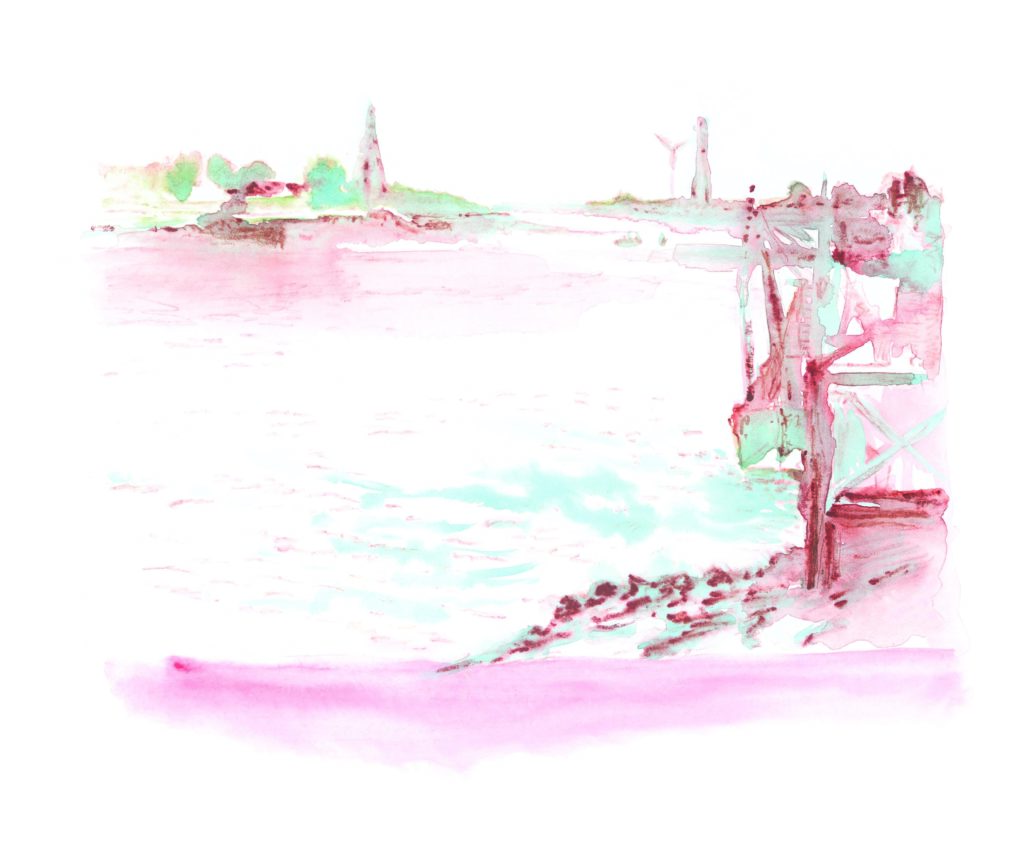
Calls to action start with the local but can lead to global impact
Every exhibition becomes a call to action. GroundWork Gallery sits directly on the River Purfleet, within sight of the Great Ouse, the town’s tidal trading river. Since the middle ages, this wide river linked the town culturally and economically to the Baltic states of the medieval Hanseatic League. At one time it was buzzing with boats. They brought salt, herrings, timber, cloth and wine from Antwerp, Danzig, Lubeck, Hamburg, Bergen and other cities on the trading routes. The rivers are largely quiet now, but for the silent threats of climate change.
The whole town sits in a flood plain. Hence it is especially important here in this location, to consider the consequences of climate change. GroundWork Gallery gallery does this by showing art that helps us to think about the threats, but in the most positive ways. The artists set the tone and produce the big stories. However, it is just as important for the viewing public to talk about it, and respond to art. Valuable conversations result from this and consequently, unexpected insights and revelations. Cultural responses of this kind can easily lead to solutions to problems.
Climate Change
Our climate is changing inexorably and increasingly dramatically. In the UK, Every summer it is hotter than we expect. Each winter it is warmer and wetter. It seems that the days of heavy winter snow and ice are gone. Many parts of the world are experiencing disastrous weather events, from forest fires to floods. It is impossible to ignore and the truth that humans are the main cause is inescapable. It has almost become a cliche to admit this, but we must not let ourselves be weary of the fight to make the changes we need to make. For we have adapt to survive as a species. It is not only about carbon reduction – important as that is. It is also essential to learn to live in much better harmony with nature.
Reducing carbon footprint: some practical actions
As a gallery we are doing our best to keep our carbon footprint as low as possible. It involves constant evaluation of our daily practices.
Our initiatives include:
Adapting each exhibition design so that we can make use of the same exhibition furniture.
Recycling materials as far as possible.
Using no single-use plastic.
Printing only a little and using only recycled paper.
Using card (not foam board) for exhibit labels.
Coordinating all our transport into as few journeys as possible and sharing vehicle use as much as we can.
Taking the bus or train to work as much as possible.
Using minimal air-freight or air travel (virtually none).
Serving only vegetarian and mainly vegan food at our events.
Serving artisanal home-brewed cider and wine at openings.
Timing all our events so that people can access easily via public transport.
Minimising energy use.
Limiting use of digital technology in display.
Prioritising showing works by artists who use natural materials and/or recycling.
Avoid showing works which are made with heavy energy use, acrylics, or rare minerals.
Using eco-household & cleaning products.
Culture Declares the Climate Emergency
GroundWork Gallery joins the many organisations as part of ‘Culture Declares’ to declare a Climate and Ecological Emergency
Read our blog post: https://www.groundworkgallery.com/culture-declares-the-climate-emergency/
